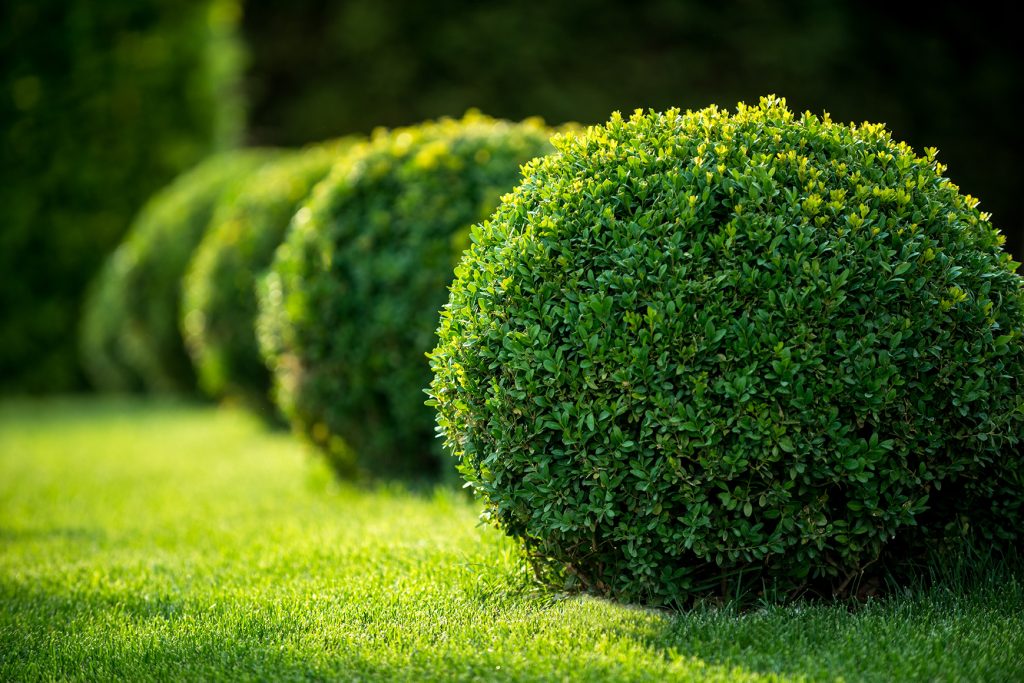The Art and Science of Bush Cutting: A Comprehensive Guide
Introduction: Bush cutting, also known as hedge võsalõikus trimming or shrub pruning, is an essential aspect of landscaping and garden maintenance. Beyond mere aesthetics, proper bush cutting contributes to the health and vitality of plants, promotes growth, and enhances the overall appeal of outdoor spaces. In this article, we’ll delve into the techniques, tools, and best practices involved in bush cutting, empowering both beginners and seasoned gardeners to achieve stunning results.

Understanding Bush Cutting: Bush cutting involves the systematic removal of excess growth from bushes, shrubs, and hedges to maintain their shape, size, and health. While the primary goal is often aesthetic improvement, it’s crucial to approach bush cutting with consideration for the plant’s biology and growth patterns. Cutting at the wrong time or using improper techniques can stress plants, stunt growth, and leave them susceptible to disease.
Tools of the Trade: Before embarking on any bush cutting endeavor, it’s essential to have the right tools at your disposal. The selection of tools may vary depending on the size and type of bushes you’re trimming, but some essential equipment includes:
- Hedge Trimmers: Electric or manual trimmers equipped with sharp blades for precise cutting.
- Hand Pruners: Ideal for fine-tuning and shaping smaller bushes and delicate branches.
- Loppers: Designed for cutting thicker branches and stems with greater precision and leverage.
- Shears: Long-handled shears are useful for reaching higher branches and maintaining uniformity in larger bushes.
- Safety Gear: Gloves, goggles, and sturdy footwear are essential to protect yourself from scratches, debris, and potential hazards.
Best Practices for Bush Cutting:
- Timing: The timing of bush cutting depends on the specific plant species and the desired outcome. In general, it’s best to avoid cutting during periods of active growth or extreme weather conditions. For most bushes, early spring or late summer is optimal for trimming, as it allows new growth to emerge without the risk of frost damage.
- Technique: When trimming bushes, aim to maintain their natural shape while removing excess growth. Begin by removing dead or diseased branches, followed by selective pruning to encourage airflow and sunlight penetration. Cut at a slight angle just above a healthy bud or lateral branch to promote regrowth.
- Consistency: Regular maintenance is key to keeping bushes healthy and visually appealing. Establish a routine trimming schedule based on the growth rate of your plants, aiming for minor touch-ups rather than drastic overhauls.
- Attention to Detail: Take the time to step back and assess your work periodically to ensure symmetry and balance. Pay attention to any uneven spots or areas of overcrowding that may require further trimming.
- Clean-Up: Proper disposal of trimmings and debris is essential for a tidy finish and to prevent the spread of pests and diseases. Gather trimmings and dispose of them responsibly, either by composting or recycling where possible.
Conclusion: Bush cutting is both an art and a science, requiring a delicate balance of aesthetic sensibility and horticultural knowledge. By understanding the needs of your plants, employing the right tools and techniques, and maintaining consistency in your approach, you can achieve beautifully trimmed bushes that enhance the beauty and vitality of any landscape. So, roll up your sleeves, sharpen your shears, and embark on your journey to mastering the art of bush cutting. Your garden will thank you for it!